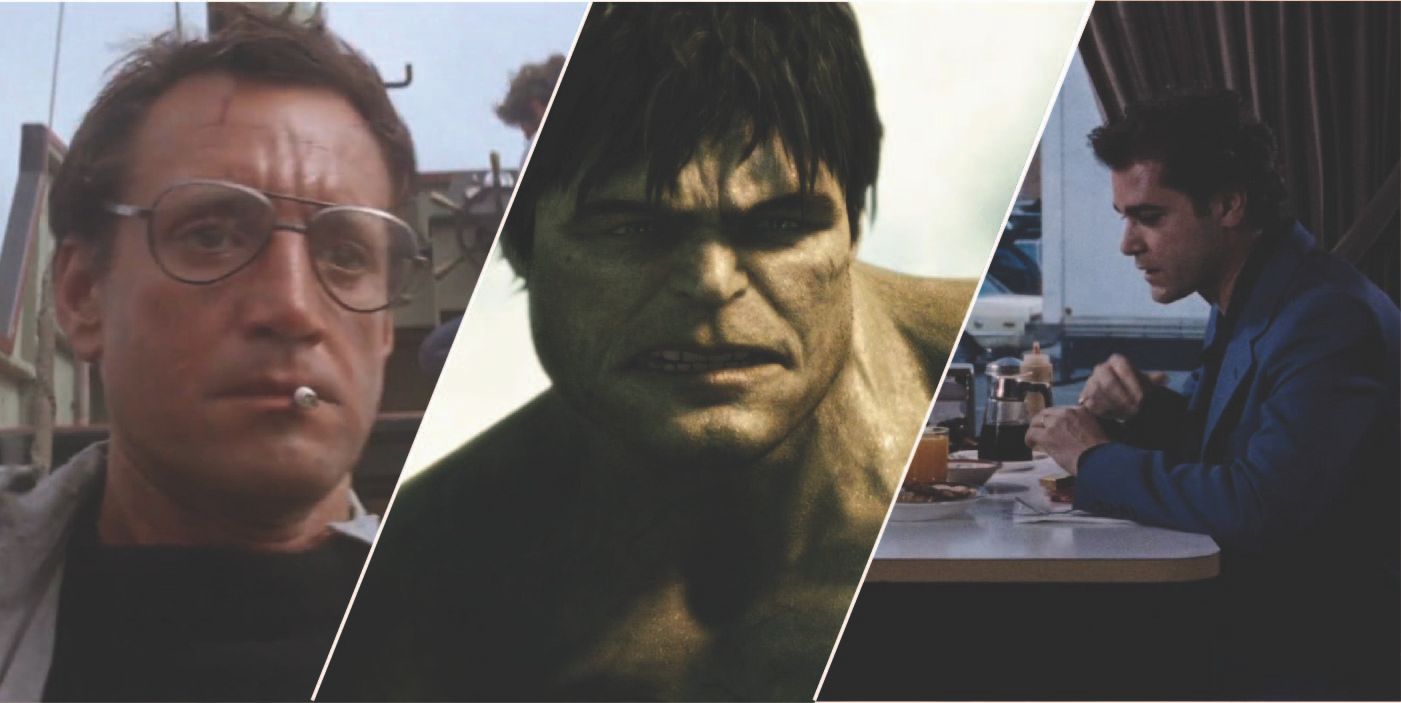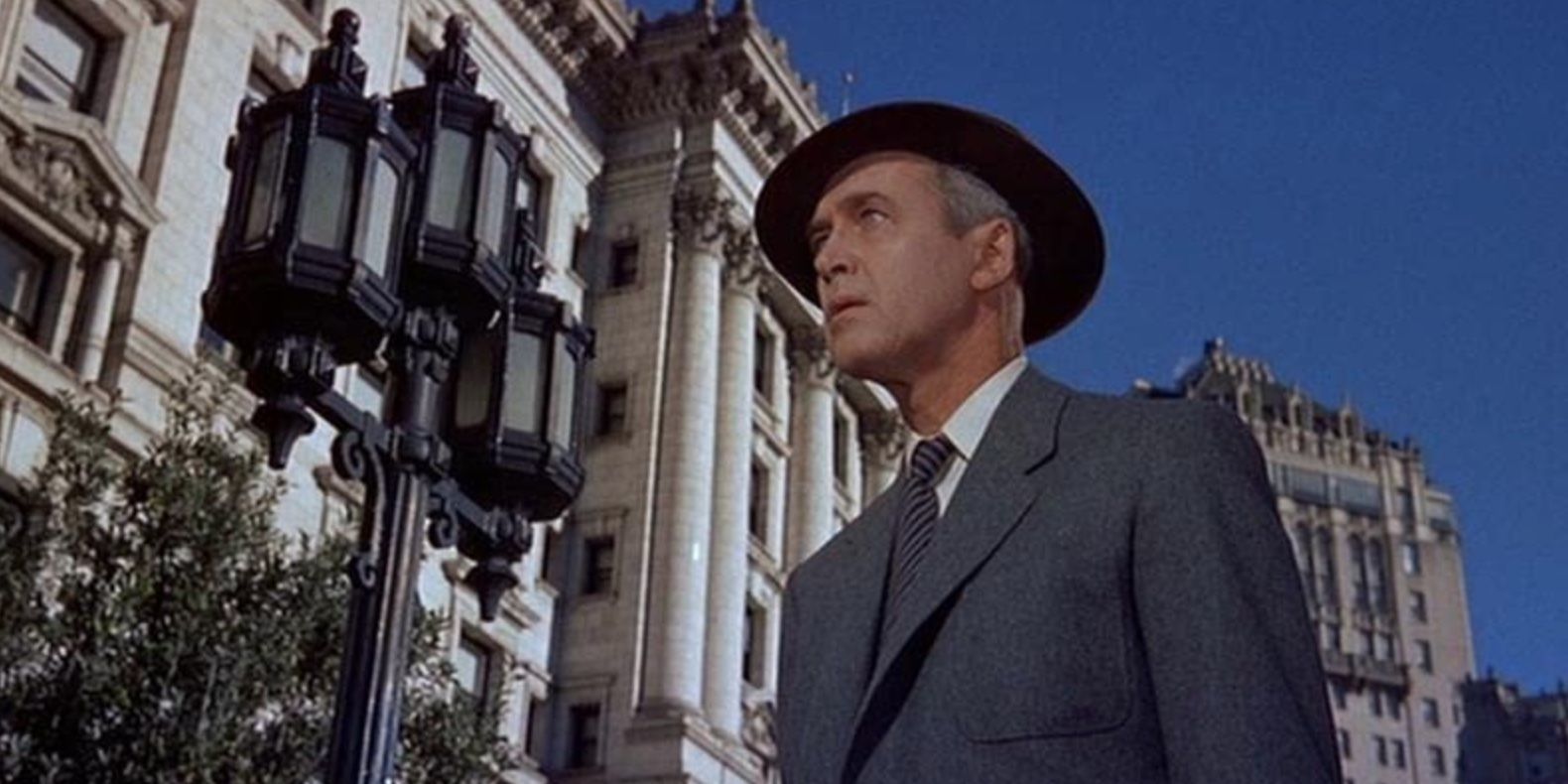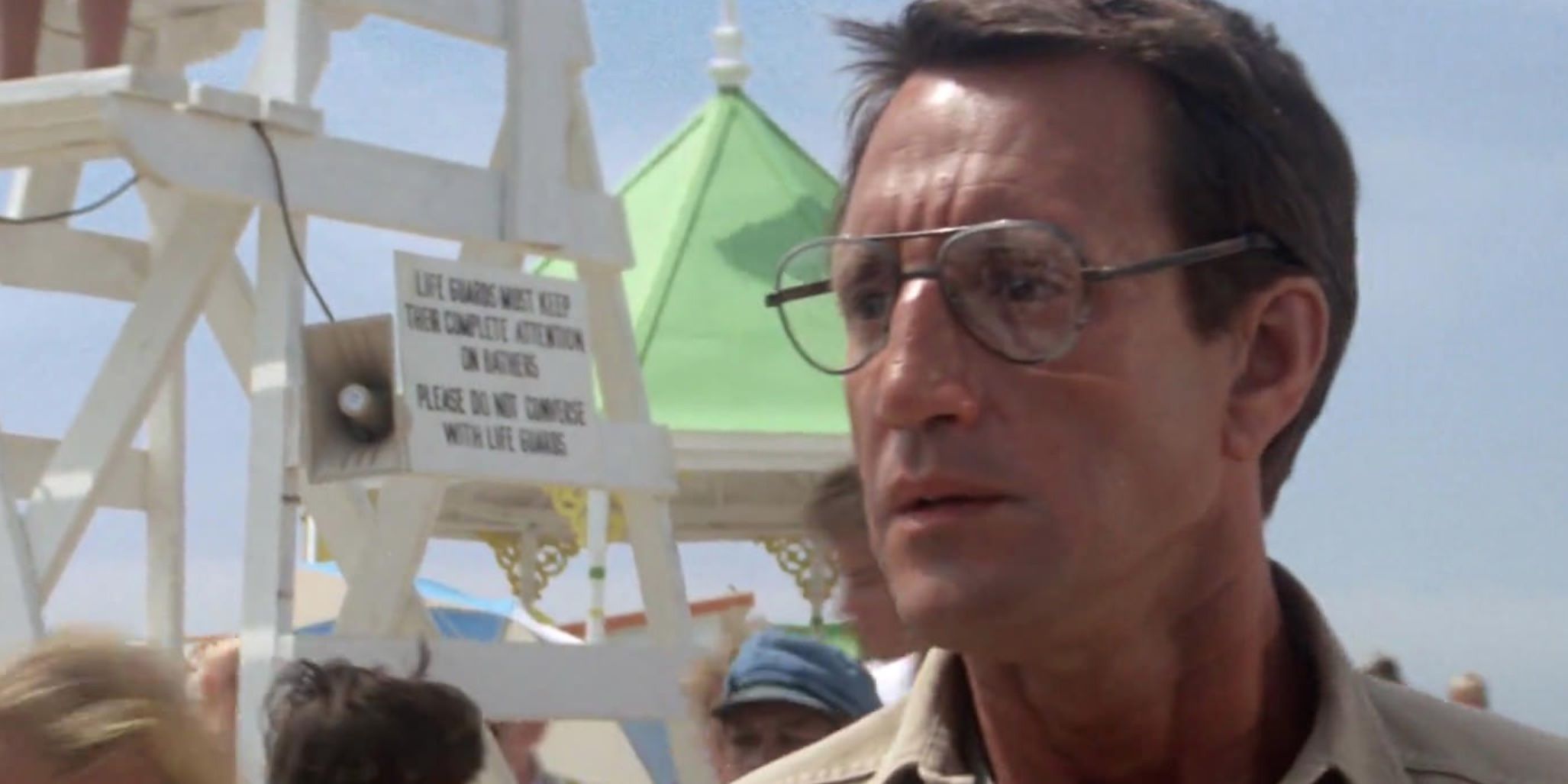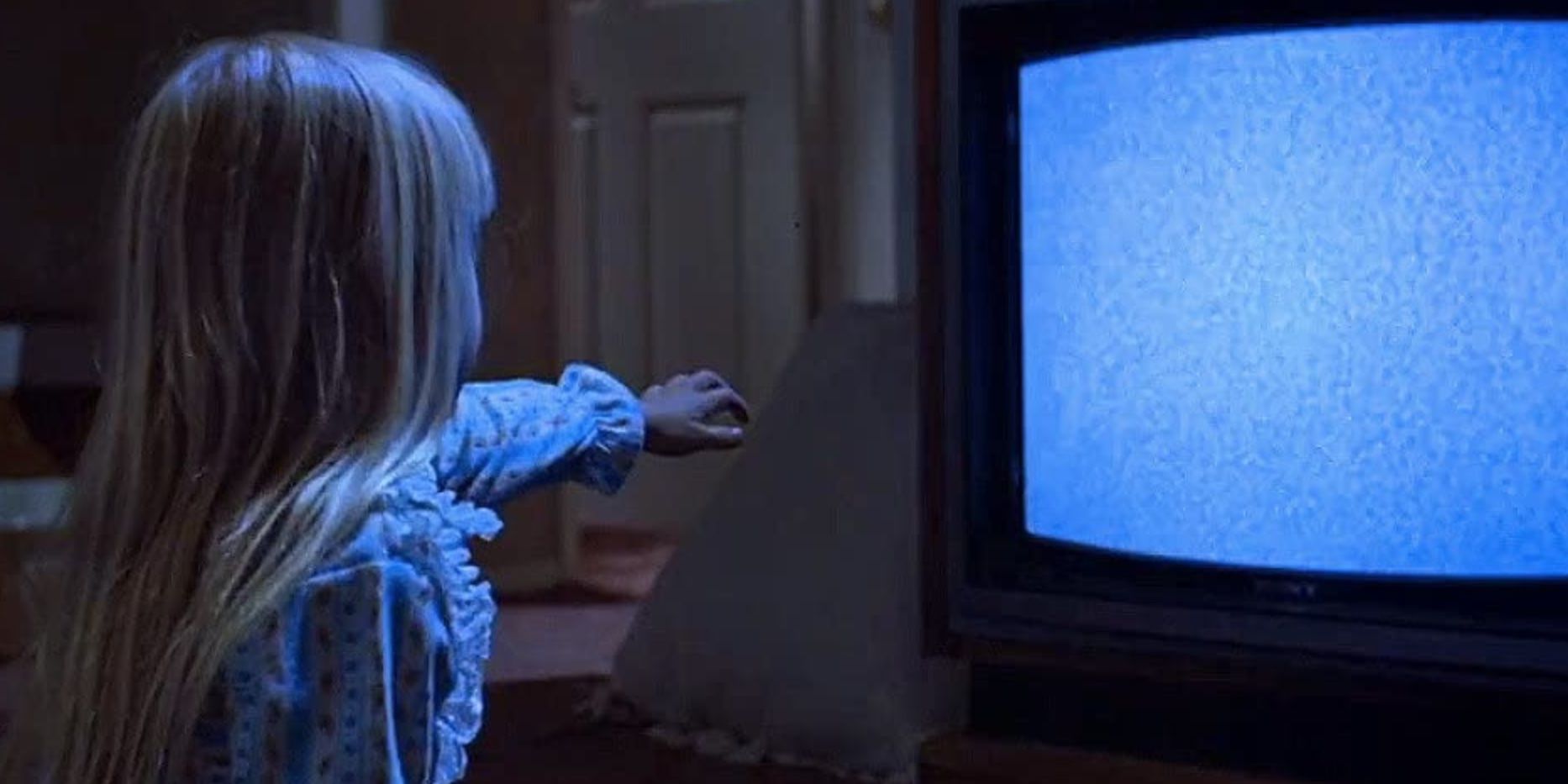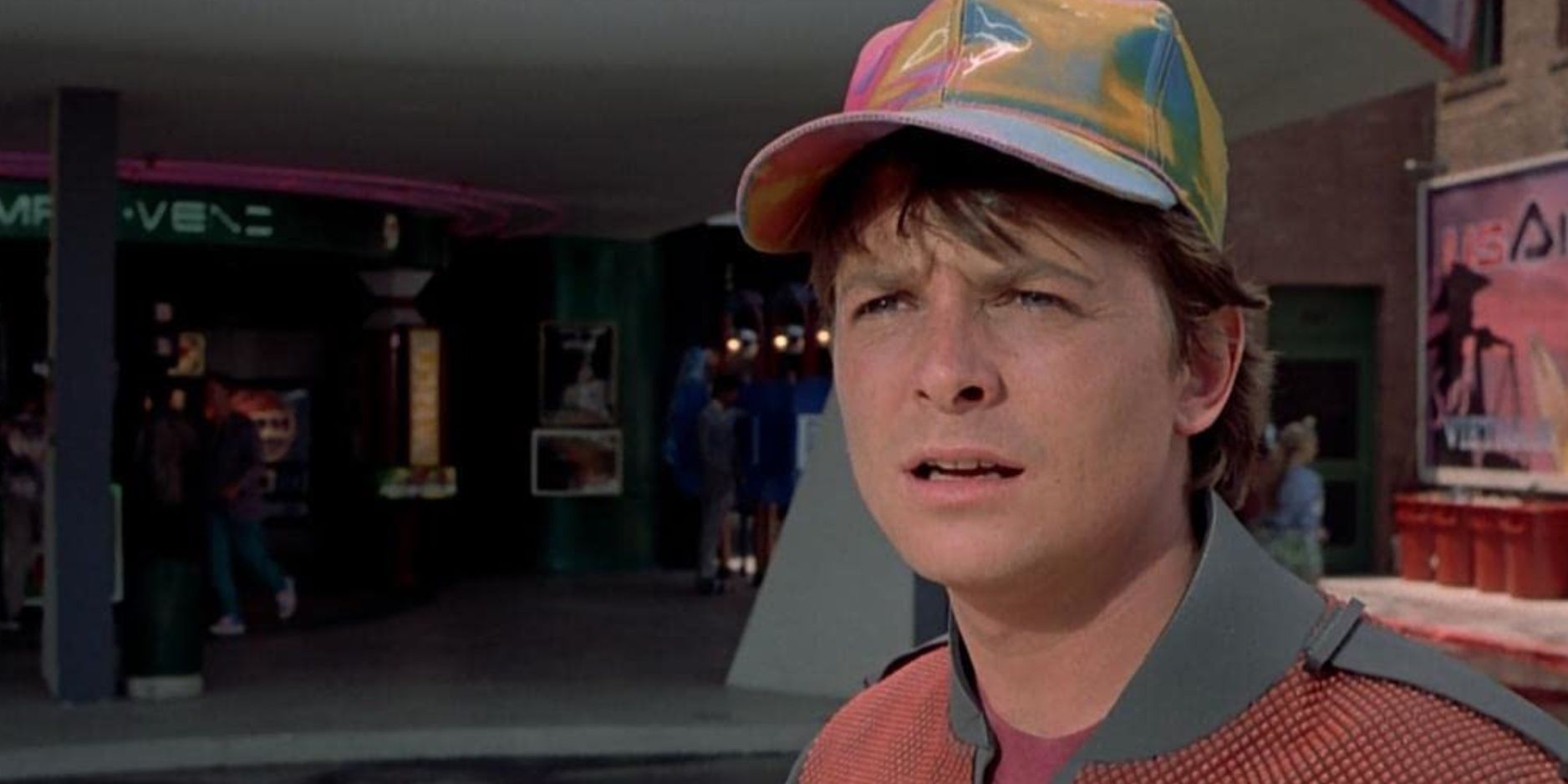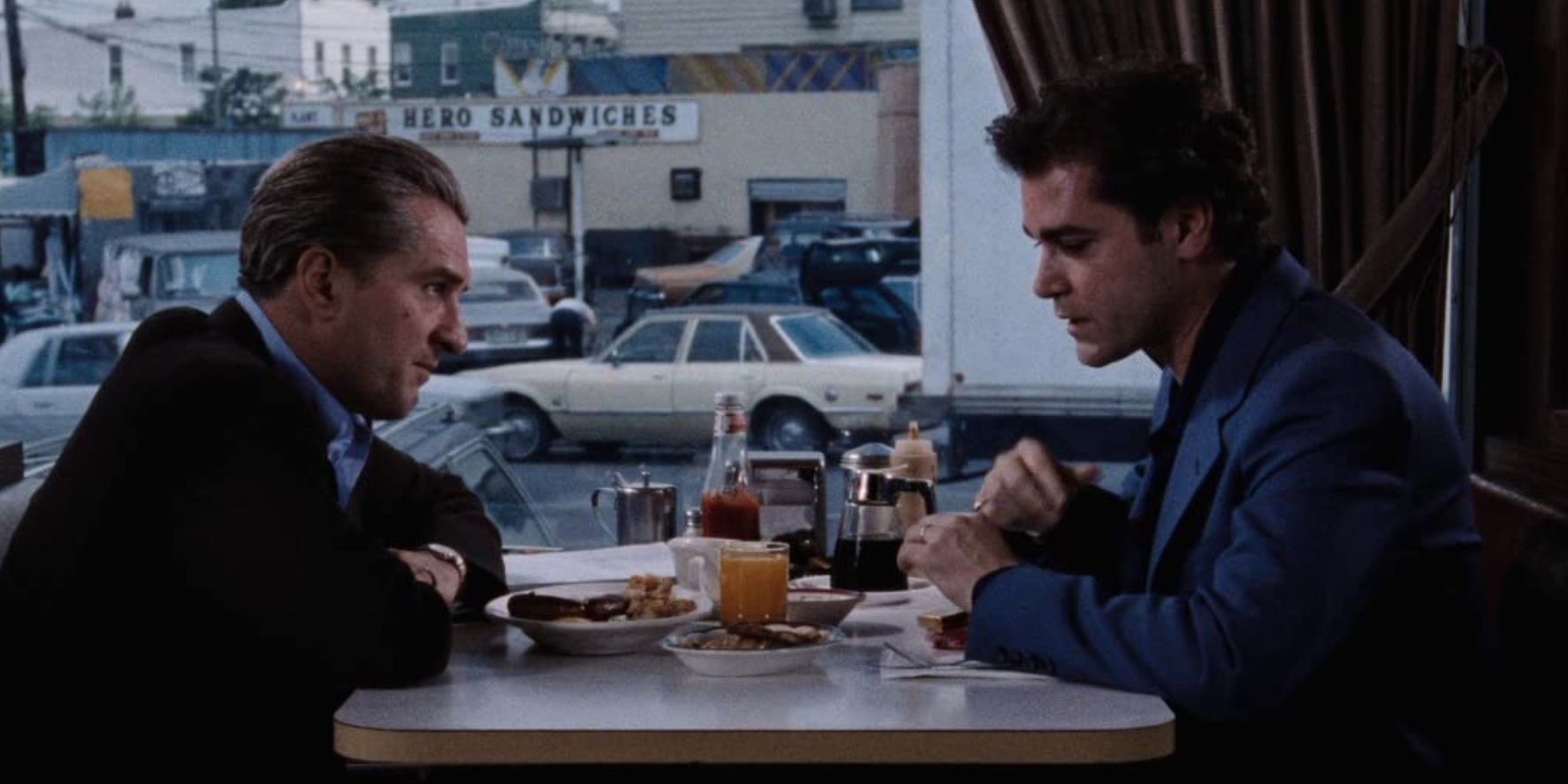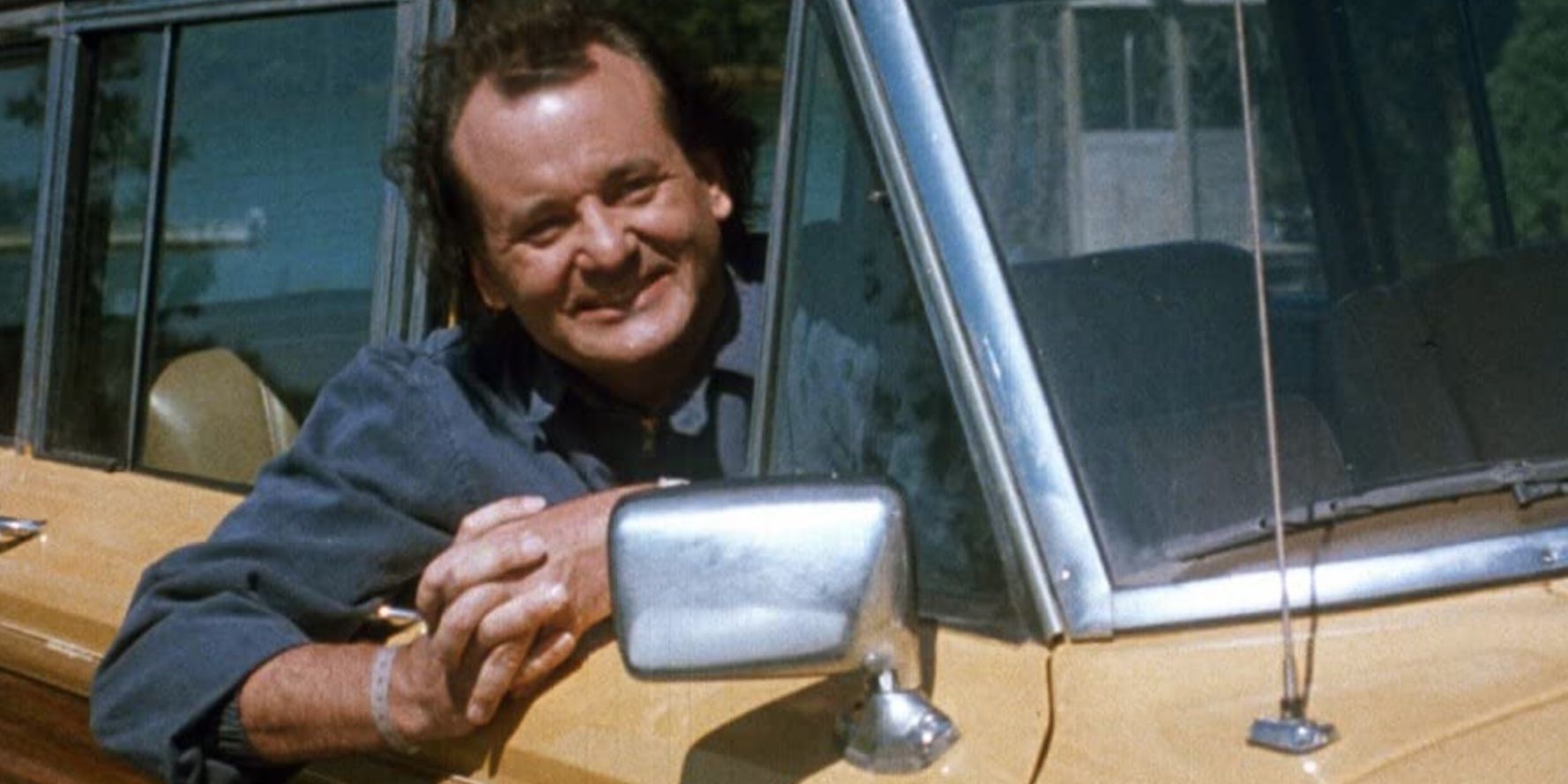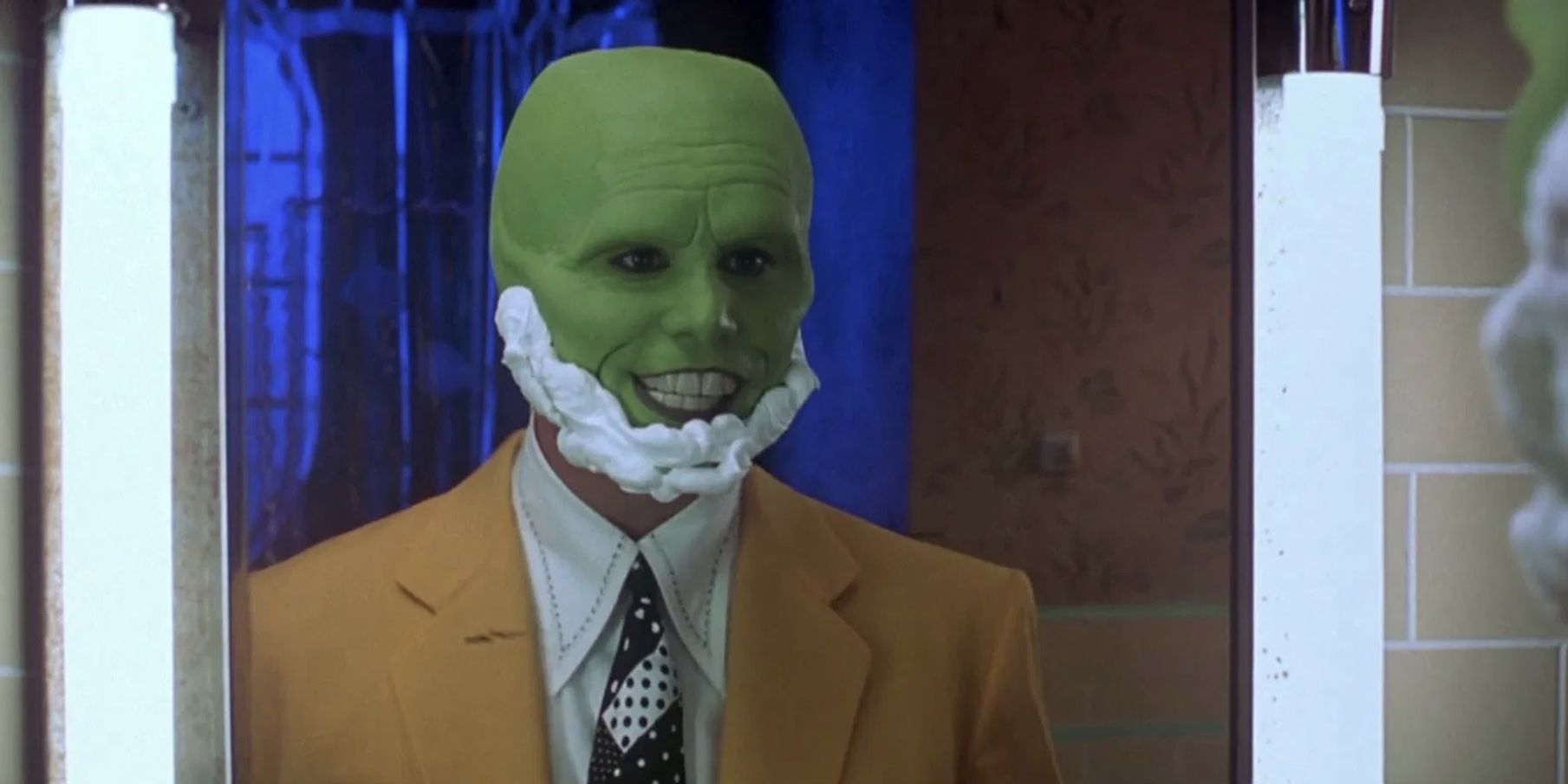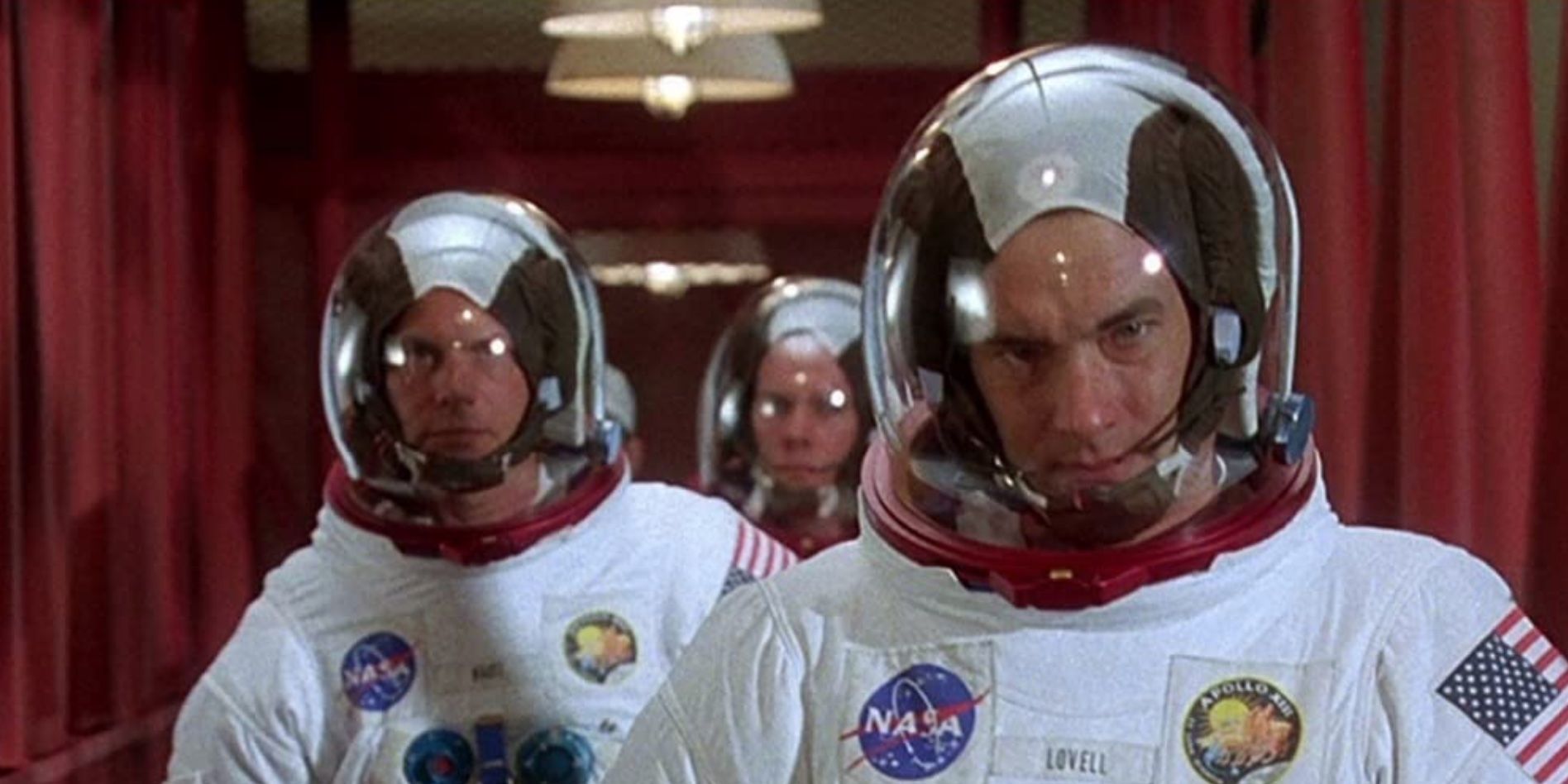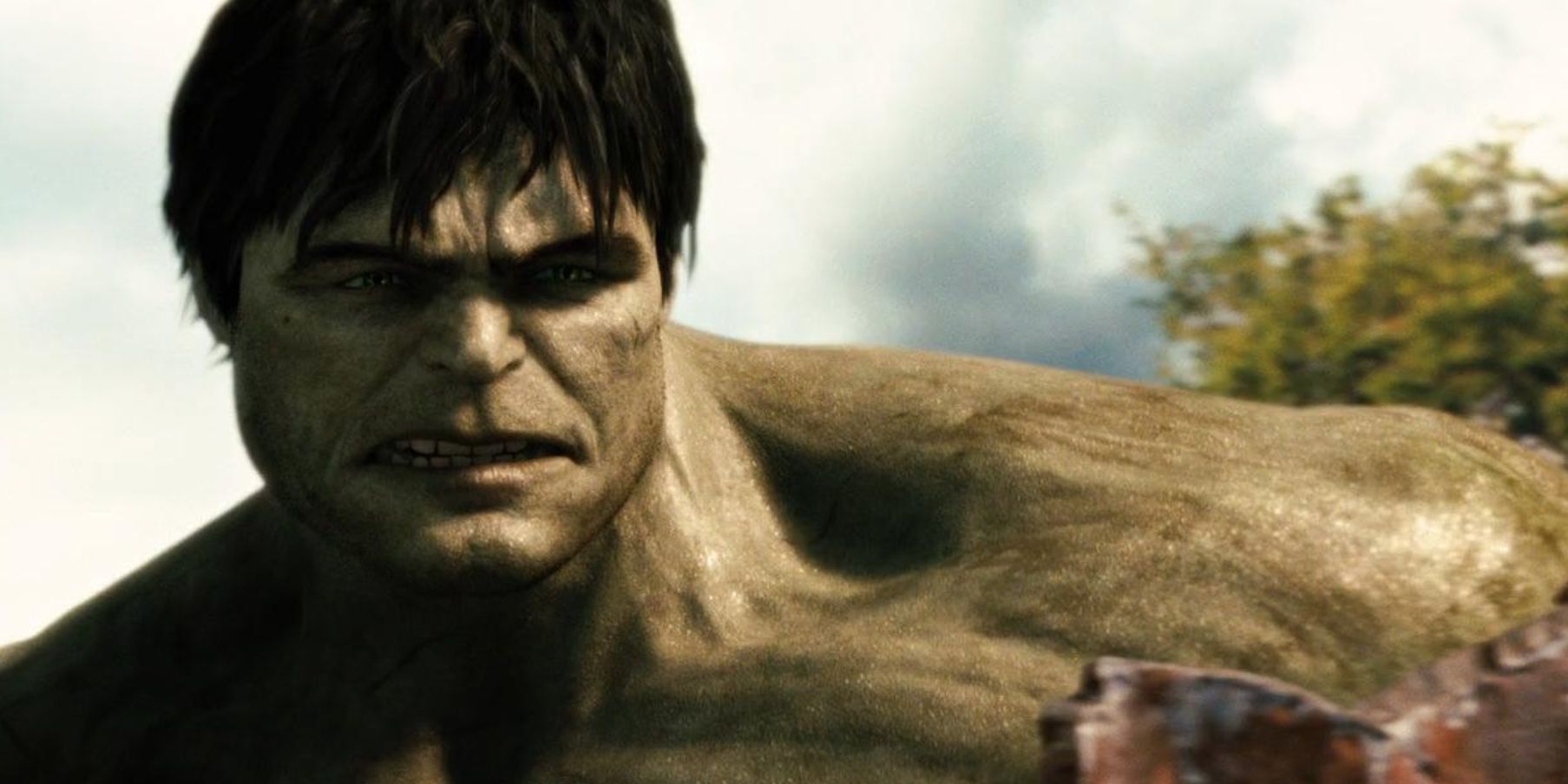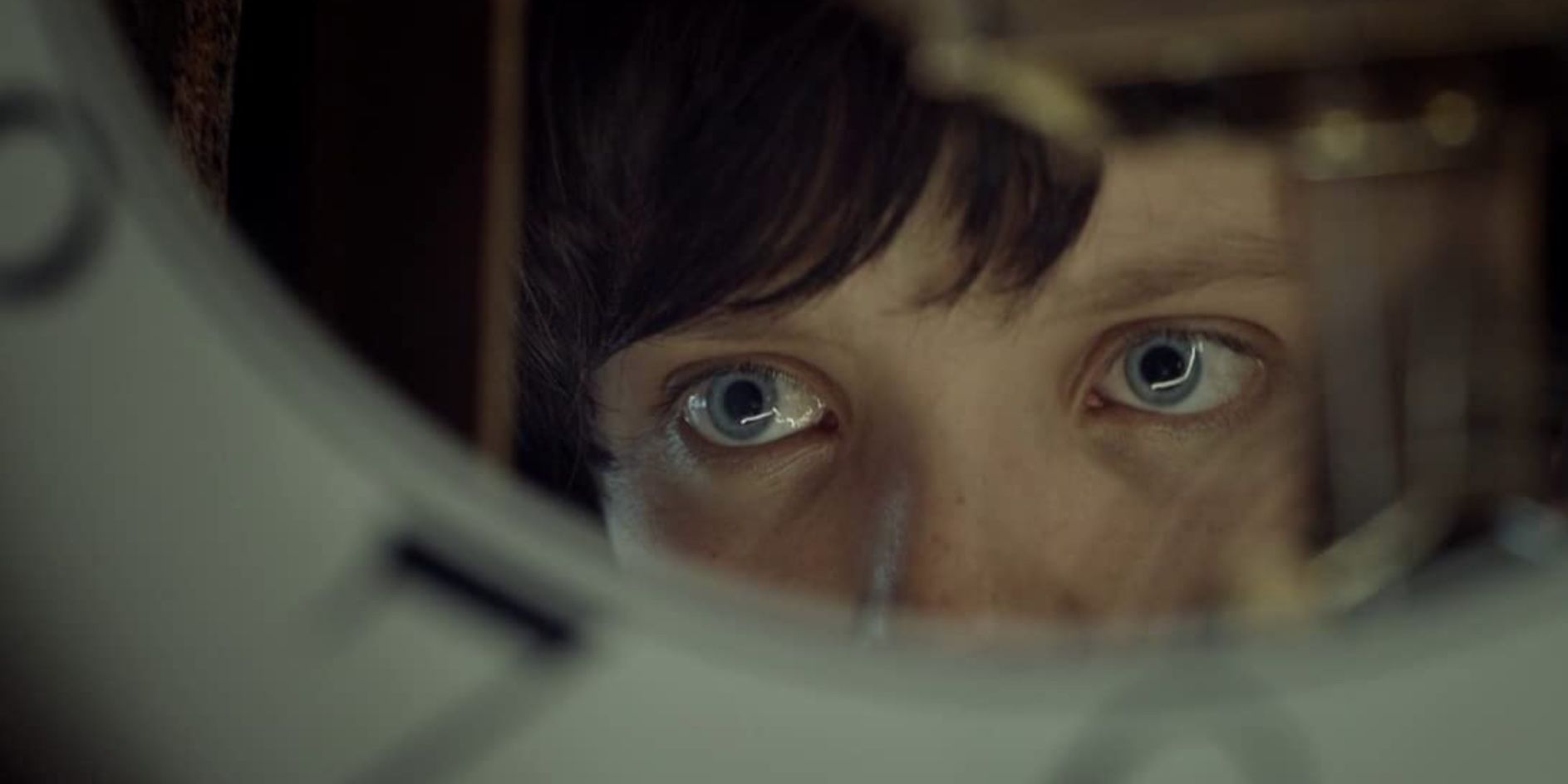"Vertigo" is defined by Merriam-Webster Dictionary as a person's perception of their surroundings appear to whirl around them. This causes the person to feel dizzy and confused as to what's happening around them. The "vertigo effect" is a filming technique that can convey various emotions, varying from movie to movie, and from situation to situation.
The "vertigo effect" also called the "Hitchcock zoom," can be used in a wide range of genres, from sci-fiction to thrillers. This camera technique is essentially a dolly zoom where the foreground of a scene stays in the same place whereas the background shrinks or grows. Some films effectively delivered this technique better than other films.
'Vertigo' (1958)
The 1958 film, Vertigo, centered on a police officer from San Francisco named John "Scottie" Ferguson (James Stewart) who was fascinated by two women, Madeleine Elster and Judy Barton. He met Madeleine through his friend Gavin, Madeleine's husband, who wanted his help to understand his wife's strange behavior.
The film, Vertigo, was the first film that defined the camera dolly zoom technique as the "vertigo effect" or the "Hitchcock zoom." This technique can be found throughout the film, especially when the police officer had to overcome his fear of heights. Every time that Scottie looked down, he experienced vertigo. Vertigo is available on Peacock.
'Jaws' (1975)
Jaws (1975) is a horror film that brought suspense through its music and one that showed that nature can be just as terrifying as a fictional monster. Jaws told the story of a killer shark that slowly made its way to Cape Cod and attacked unsuspecting swimmers in the water.
The scene begins with a person swimming in the water, and a shark fin appeared several feet away from the beachfront. Then the camera cut to the people sitting on the beach who noticed a shark swimming in their direction. When the camera switched to the shark attacking the boy in the water, the camera then employed the dolly zoom right when it cut to Chief Brody (Roy Scheider) who sat directly in the middle of the screen and was looking directly at the water. The purpose of this dolly zoom was to emphasize Chief Brody's realization and panic. Jaws is available on Fubo TV.
'Poltergeist' (1982)
Poltergeist (1982) starred JoBeth Williams as Diane Freeling, Heather O'Rourke as Carol Anne Freeling, and Craig T. Nelson as Steve Freeling. The Freeling family was haunted by ghosts. During this film, Carol started to communicate with these ghosts through their television screen.
The dolly zoom occurs towards the end of the film, where the family is defending itself from the ghost. During this scene, one of the family members ran up the stairs to the second floor of the home. The dolly zoom then began, and its purpose was to overemphasize the distance of the hallway. Poltergeist is available on HBO Max.
'Back to the Future Part II' (1989)
Returning to the past (in Back to the Future) seemed unbelievable, but the future was far more complicated and unimaginable. In Back to the Future Part II (1989), Marty (Michael J. Fox) took a time machine and traveled to 2015. Present-day Marty began to see how the future negatively affected his life and his parents' lives as well.
The vertigo effect can be seen in the scene where Marty is watching a feature segment about his mother marrying Biff, who she married in 1985. After the footage showed Biff kissing Marty's mother, the camera cut to Marty screaming. Marty started to walk backwards while the camera panned out. While the dolly zoom wasn't as dramatic as in other films, it moved the focus to the men that stood behind Marty. Back to the Future Part II is available on Peacock.
'GoodFellas' (1990)
Henry Hill (Ray Liotta) belonged to New York's mafia, and he learned the ins and out's of the business from the best. Henry aspired to grow within his ranks and take on more complex crimes to continue to gain the respect of the other gangsters.
Viewers can witness the dolly zoom effect in the scene where Henry joined James at a table in the restaurant. During this scene, Henry was narrating the scene of what purpose of the meeting. While they sat by a large window, viewers could have witnessed a subtle zoom towards the background thus showing more of the environment behind them. The zoom showed the distance between the cars and the other buildings outside compared to the men sitting in the restaurant. GoodFellas with its frantic and fast dialogue is available on HBO Max.
'What About Bob?' (1991)
What About Bob? (1991) starred Bill Murray as Bob Wiley. Bob was Dr. Leo Marvin (Richard Dreyfuss) patient and grew attached to him, possibly a little too much. Dr. Leo Marvin wished that he could have a break from Bob, and planned a month-long vacation, so Bob couldn't visit him. However, Bob found a way to conquer his fears to see Dr. Marvin again.
The dolly effect took place when Bob told Leo that he placed explosives in the house. The dolly effect served as an emphasizing tactic to show Leo's fear and sheer panic.What About Bob? is available on YouTube.
'The Mask' (1994)
Stanley (Jim Carrey) found a green mask that gave him the confidence boost that he needed. Without his mask, he was a shy bank clerk. However, when Stanley put on the mask he couldn't control his alter-ego, and his alter-ego enjoyed getting into trouble.
The vertigo effect can be seen in the scene where Stanley and Charlie noticed a woman in a red dress run into the building soaking wet. As the camera cut to Stanley and Charlie, the camera employed the dolly zoom (twice) to show their interest in the woman. The Mask is available on Tubi.
'Apollo 13' (1995)
The 1995 film, Apollo 13, was based on a true story, and viewers that watch the film might be terrified of space travel. The film focused on Astronauts Jim Lovell (Tom Hanks), Fred Haise (Bill Paxton), and Jack Swigert (Kevin Bacon) who board Apollo 13 and had to rely on both themselves and the team at Mission Control to handle detrimental issues the ship encountered.
The dolly zoom can be seen in the scene where Jim notifies Mission Control by saying, "Houston, we are venting something out into space." As the camera cut to mission control, it then moved in with a dolly zoom to focus on Gene Krantz. This zoom showed his concern after receiving the surprising news. Apollo 13 is available on Peacock.
'The Incredible Hulk' (2008)
Before the Hulk appeared in The Avengers movies or in the Disney+ TV series, She-Hulk, there were stand-alone movies that elaborated on the Hulk's background. In The Incredible Hulk (2008), Edward Norton portrayed Bruce Banner, who is searching for treatment, so he could stop turning into the Hulk every time he was angry.
The dolly zoom appears in the scene where Bruce Banner turned into the Hulk and jumped out of one of the buildings on the college campus. When Bruce jumped out of the building and lands on the ground, the camera cut to two men looking at Bruce. In this situation, the camera tried to exaggerate their fear and the size of the Hulk. The Incredible Hulk is available on HBO Max.
'Hugo' (2011)
Based on the book, Hugo (2011) told the story of a boy named Hugo (Asa Butterfield) living in Paris during the 1930s. From his father, he learned how to fix gadgets, and after his father's death, he wanted to fix a broken automaton. While he lived with his uncle and cousin, he felt that he needed to find his place in the world, and hoped that fixing the automaton might help him find that.
The vertigo effect happened in the first dream sequence of the film. During this sequence, Hugo was laying on the train tracks. The viewer didn't see the train that was coming toward him but only saw Hugo's fear as he wished that he could stop whatever was hurdling toward him. Hugo is available on HBO Max.

